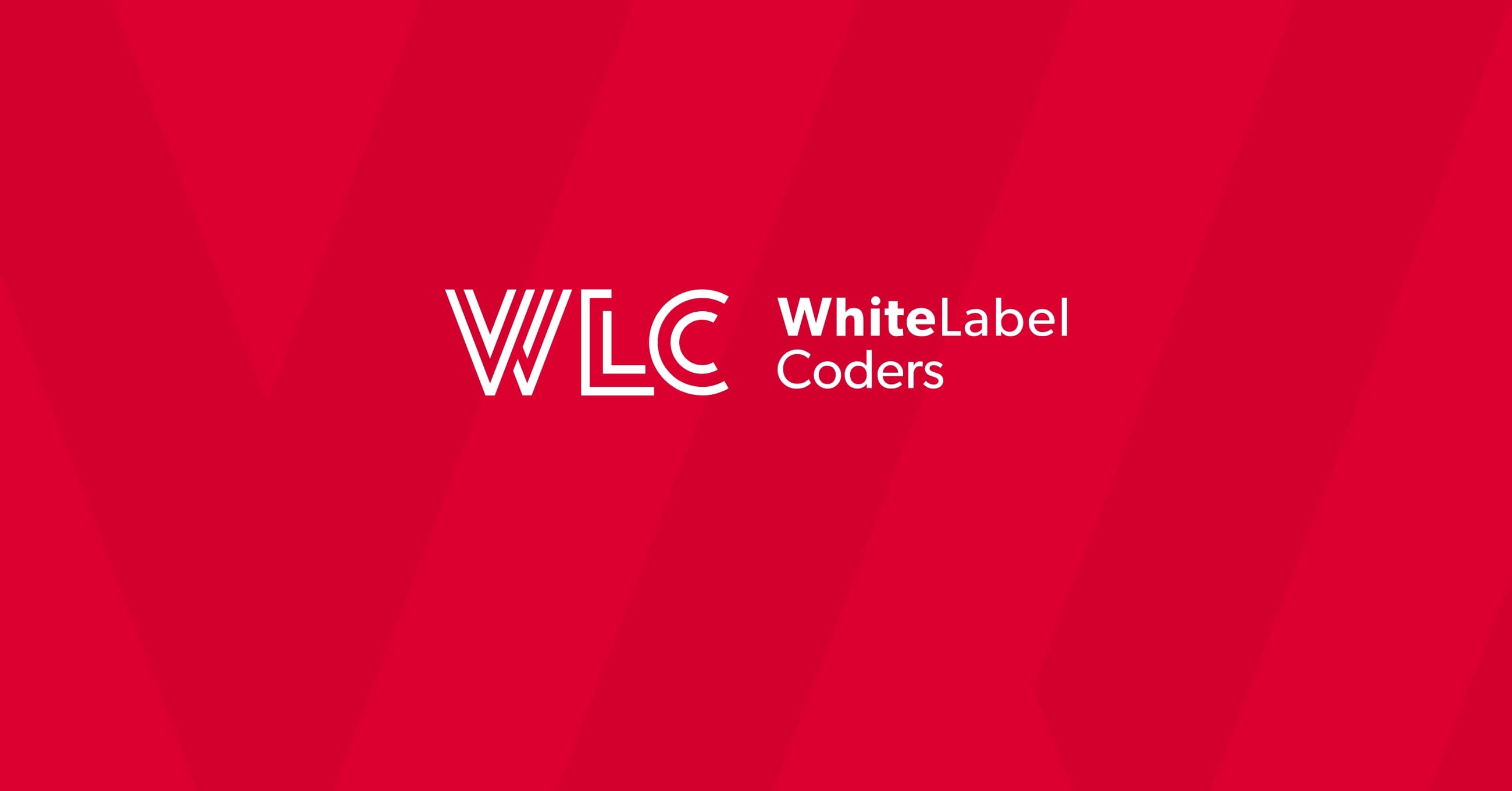Category: WooCommerce
Does WooCommerce do payment processing?

WooCommerce itself doesn’t directly process payments but serves as a connector between your online store and various payment processors. This powerful WordPress plugin creates the framework for accepting payments while partnering with third-party payment gateways to handle the actual transaction processing. With WooCommerce, store owners can choose from numerous payment options, from the official WooCommerce Payments solution to popular alternatives like PayPal, Stripe, and many regional payment providers.
Does WooCommerce do payment processing?
WooCommerce functions primarily as a connector rather than a direct payment processor. It provides the essential infrastructure for e-commerce transactions while relying on payment gateways to handle the actual processing of funds. When a customer makes a purchase, WooCommerce manages the shopping cart experience and checkout flow, but the secure handling of payment details and fund transfers happens through integrated payment gateways.
While WooCommerce doesn’t process payments itself, it offers seamless integration capabilities with numerous payment processors. The platform comes with several built-in payment options out of the box, including direct bank transfers, cash on delivery, and check payments. For online payment processing that handles credit cards and digital wallets, you’ll need to connect WooCommerce to payment gateways.
In recent years, Automattic (the company behind WordPress) has introduced WooCommerce Payments, which simplifies the process by providing an official payment solution directly within the WooCommerce dashboard. Even in this case, the actual payment processing happens through Stripe’s infrastructure, with WooCommerce Payments serving as a streamlined integration layer.
What payment options are available with WooCommerce?
WooCommerce supports an impressive range of payment methods to accommodate global commerce needs. The platform’s flexibility allows store owners to offer multiple payment options to customers, increasing conversion rates by catering to regional preferences and convenience.
Standard payment methods available through WooCommerce include:
- Credit and debit cards – Accept major card networks including Visa, Mastercard, American Express, and Discover through various payment gateways
- Digital wallets – Integration with PayPal, Apple Pay, Google Pay, and other digital payment solutions
- Direct bank transfers – Allow customers to pay directly to your bank account
- Cash on delivery – Enable payment collection upon product delivery
- Check payments – Accept checks for order payment
- Cryptocurrency – With specialized plugins, accept Bitcoin and other cryptocurrencies
For region-specific payment methods, WooCommerce offers integrations with payment gateways that support:
- SOFORT and Giropay (popular in Germany)
- iDEAL (widely used in the Netherlands)
- Boleto (common in Brazil)
- Alipay and WeChat Pay (dominant in China)
- SEPA Direct Debit (used across Europe)
As mentioned in one of the case studies from White Label Coders, even specialized payment solutions like Salamantex for cryptocurrency payments can be integrated with WooCommerce through custom plugin development that extends the native payment gateway functionality.
How does WooCommerce Payments differ from other payment gateways?
WooCommerce Payments stands out as the official payment solution developed specifically for the WooCommerce ecosystem. This integrated service offers several key differences compared to third-party payment gateways.
The most significant distinction is dashboard integration. With WooCommerce Payments, you can manage transactions, view payments, issue refunds, and handle disputes directly from your WordPress admin panel without switching between different platforms. This streamlined approach provides a unified experience, keeping all your store management tasks in one place.
In terms of setup complexity, WooCommerce Payments offers simplified onboarding compared to many third-party options. There’s no need to create separate accounts on external platforms, generate API keys, or navigate complex configuration settings – it works natively with your WooCommerce store.
Regarding geographic availability, WooCommerce Payments is currently available in fewer countries compared to established global gateways like PayPal or Stripe. While its availability is expanding, merchants in certain regions may still need to rely on alternative payment processors.
Feature-wise, WooCommerce Payments provides core functionality including credit card processing, saved payment methods for returning customers, and automatic fraud detection. However, some specialized third-party gateways may offer more advanced features for specific business needs, such as subscription billing, marketplace payments, or industry-specific compliance tools.
Is WooCommerce Payments free to use?
WooCommerce Payments follows a pay-as-you-go model with no monthly fees or setup costs, but it does charge transaction fees for processing payments. The fee structure includes a percentage of each transaction plus a fixed fee, similar to most payment processors.
For standard transactions in the United States, WooCommerce Payments typically charges 2.9% + $0.30 per transaction for online payments. International cards and currency conversion may incur additional fees. These rates are competitive with other popular payment gateways like Stripe and PayPal, which operate with similar fee structures.
While the basic service has no monthly subscription, certain advanced features may have additional costs. For instance, if you want to offer subscription-based products, you’ll need the WooCommerce Subscriptions extension, which has its own pricing.
When comparing with other payment solutions:
| Payment Solution | Monthly Fee | Typical Transaction Fee (US) |
|---|---|---|
| WooCommerce Payments | $0 | 2.9% + $0.30 |
| PayPal Standard | $0 | 2.9% + $0.30 |
| Stripe | $0 | 2.9% + $0.30 |
| Authorize.net | $25 | 2.9% + $0.30 |
It’s important to note that these rates may change over time, and the actual cost can vary based on your business volume, location, and specific payment gateway configuration.
How secure is payment processing through WooCommerce?
Security is paramount in e-commerce, and WooCommerce implements several measures to ensure safe payment processing. The platform itself undergoes regular security audits—as mentioned in one of the White Label Coders articles, WooCommerce is audited by Sucuri, a recognized authority in website security.
For payment security specifically, WooCommerce encourages and often requires several key security measures:
- SSL encryption – An SSL certificate is essential for any WooCommerce store to encrypt data transmission between customers and your website. This creates a secure connection shown by the padlock icon in browsers.
- PCI compliance – When using payment gateways, WooCommerce helps merchants maintain Payment Card Industry (PCI) compliance by limiting direct contact with sensitive card data. Most reputable payment gateways handle this aspect, reducing the burden on merchants.
- Data encryption – Payment information is encrypted during transmission, and with most modern payment gateways, card details are tokenized rather than stored directly on your server.
WooCommerce also supports various fraud protection tools through its payment gateways. For example, WooCommerce Payments includes automatic fraud detection, while other gateways may offer features like AVS (Address Verification Service) checks, CVV verification, and machine learning-based fraud screening.
Regular updates to both WordPress and WooCommerce are critical for maintaining security. The open-source nature of the platform means that security vulnerabilities are quickly identified and patched by the large community of developers. For those concerned about keeping their online store secure, reviewing WordPress security guides for beginners can provide essential protection strategies.
Can I use multiple payment gateways with WooCommerce?
Yes, WooCommerce fully supports the implementation of multiple payment gateways simultaneously. This flexibility allows store owners to offer various payment options to customers, which can significantly improve conversion rates by accommodating different customer preferences.
Setting up multiple payment processors in WooCommerce is straightforward. Each payment gateway is typically added as a separate plugin, and once installed, they appear as options in the WooCommerce payment settings. Merchants can enable or disable gateways as needed and configure the order in which they appear during checkout.
The benefits of offering multiple payment options include:
- Increased conversion rates – Some customers have strong preferences for specific payment methods and may abandon their purchase if their preferred option isn’t available
- Geographic coverage – Different regions often favor specific payment methods
- Backup processing – If one payment gateway experiences downtime, others can still process orders
- Fee optimization – Different gateways may offer varying fee structures for certain transaction types
To optimize the checkout experience when using multiple gateways, consider:
- Arranging payment options with the most popular methods first
- Using clear icons to help customers quickly identify their preferred payment method
- Implementing smart logic to show region-specific payment options based on customer location
- Maintaining a consistent checkout experience regardless of the chosen payment method
As highlighted in White Label Coders’ resources, plugins like “One Page Checkout” can simplify the payment process by displaying product selection and checkout forms on the same page, potentially reducing cart abandonment rates.
How do I set up payment processing in WooCommerce?
Setting up payment processing in WooCommerce involves several straightforward steps that take you from selecting appropriate gateways to testing and going live with payments.
Here’s a general overview of the implementation process:
- Select appropriate payment gateways – Consider your target market, transaction fees, features needed, and supported countries when choosing payment processors
- Install payment gateway plugins – From your WordPress dashboard, go to Plugins → Add New and search for your chosen payment gateway, or upload a premium plugin if purchased separately
- Configure gateway settings – After installation, navigate to WooCommerce → Settings → Payments to configure each gateway with the necessary API keys, credentials, and preferences
- Set up payment environments – Most gateways offer sandbox/test modes to verify functionality without processing real payments
- Test the checkout process – Conduct thorough testing using test credit cards provided by the payment gateway to ensure the entire payment flow works correctly
- Configure order status workflows – Determine how order statuses should change based on payment outcomes (pending, processing, completed, etc.)
- Switch to live mode – Once testing is complete, switch the payment gateway from test/sandbox mode to live mode to begin accepting real payments
For specific gateways like WooCommerce Payments, the setup process is more streamlined as it’s integrated directly into the WooCommerce interface. After activating WooCommerce Payments, you’ll need to connect your account, verify your business information, and configure your preferences before going live. If you’re unsure about how to proceed, learning how to implement WooCommerce effectively can provide valuable guidance.
Remember that payment processing setup often requires consideration of your website’s technical environment. As noted in White Label Coders’ articles, ensuring proper security measures like SSL certificates is essential before processing live payments.
What are the best payment gateways for WooCommerce?
The “best” payment gateway for WooCommerce varies depending on your business requirements, geographic location, and target market. However, several options consistently rank high based on reliability, features, and compatibility.
Popular payment gateway options for WooCommerce include:
- WooCommerce Payments – The official solution offering seamless integration with your WordPress dashboard, currently available in select countries
- Stripe – Known for excellent developer tools, support for recurring payments, and availability in numerous countries
- PayPal – Offers global recognition, consumer trust, and widespread availability
- Square – Great for businesses that sell both online and in physical locations with integrated POS systems
- Authorize.Net – A veteran payment processor with robust fraud detection and support for various payment types
- Mollie – Popular in Europe with support for numerous regional payment methods
- Amazon Pay – Leverages Amazon’s user base to provide a streamlined checkout experience
When evaluating payment gateways for your WooCommerce store, consider these factors:
- Geographic coverage – Ensure the gateway operates in your country and supports your customers’ locations
- Fee structure – Compare transaction fees, monthly costs, and any additional charges
- Supported payment methods – Check if the gateway supports all the payment types your customers use
- Integration complexity – Some gateways offer easier setup and better integration with WooCommerce
- Security features – Evaluate fraud protection tools and compliance with industry standards
- Customer experience – Consider how the checkout process works with each gateway
For specialized needs, custom payment gateway integrations are also possible, as demonstrated by White Label Coders’ work with Salamantex for cryptocurrency payments. A professional WooCommerce development partner can help implement custom payment solutions tailored to unique business requirements.
WooCommerce payment processing: Essential insights to remember
When implementing payment processing for your WooCommerce store, keep these key considerations in mind to ensure success:
Strategic payment gateway selection is crucial for your business. Rather than simply choosing the most popular option, analyze your specific needs regarding geographic coverage, transaction volume, and the types of products you sell. Different gateways excel in different scenarios—for subscription-based models, Stripe or WooCommerce Payments might be ideal, while international businesses might benefit from PayPal’s global recognition.
Security should never be compromised when handling payments. Ensure your WooCommerce store has an SSL certificate, keep all plugins and themes updated, and follow PCI compliance guidelines. Regular security audits and implementing strong authentication measures protect both your business and your customers.
Optimization of the checkout experience directly impacts conversion rates. Minimize friction by reducing form fields, enabling guest checkout, and providing clear error messages. As mentioned in White Label Coders’ resources, plugins like “One Page Checkout” can significantly improve the purchasing process by streamlining the steps required to complete a transaction.
Balance between payment options and simplicity is essential. While offering multiple payment methods caters to customer preferences, too many options can overwhelm shoppers. Prioritize the most relevant payment methods for your target market while maintaining a clean checkout interface.
Mobile payment compatibility has become increasingly important as mobile shopping continues to grow. Ensure your WooCommerce payment setup works seamlessly on all devices and consider digital wallet options like Apple Pay and Google Pay for simplified mobile transactions.
Remember that payment processing is not a set-it-and-forget-it aspect of your WooCommerce store. Regular monitoring of performance, staying updated on security best practices, and adapting to changing customer preferences will help maintain an effective payment system that supports your business growth.
As your store grows, you may need to reevaluate your payment processing approach. What works for a small shop may not be optimal for a larger operation with international customers. If you’re considering platform options for your growing business, exploring whether WooCommerce is better than Shopify can help you make an informed decision based on payment processing capabilities and other essential features. Additionally, understanding the pros and cons of WooCommerce will give you clarity on whether its payment processing architecture aligns with your business requirements.

